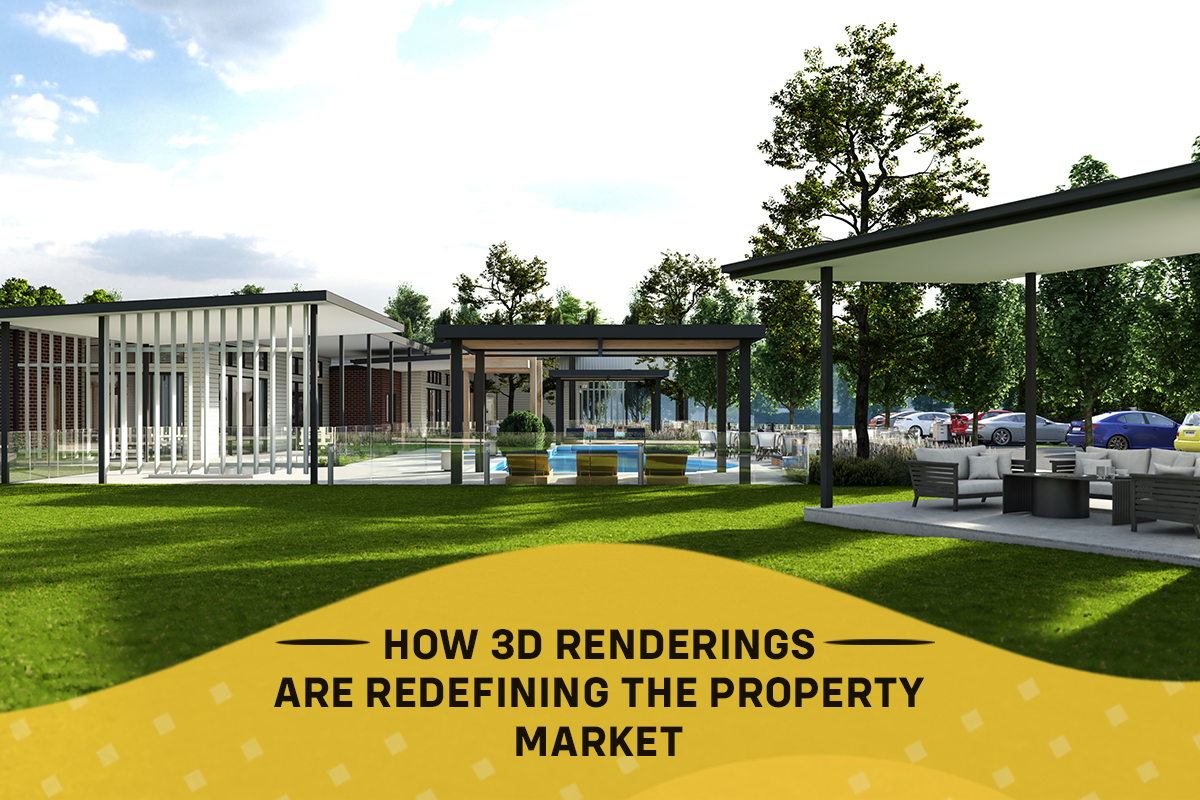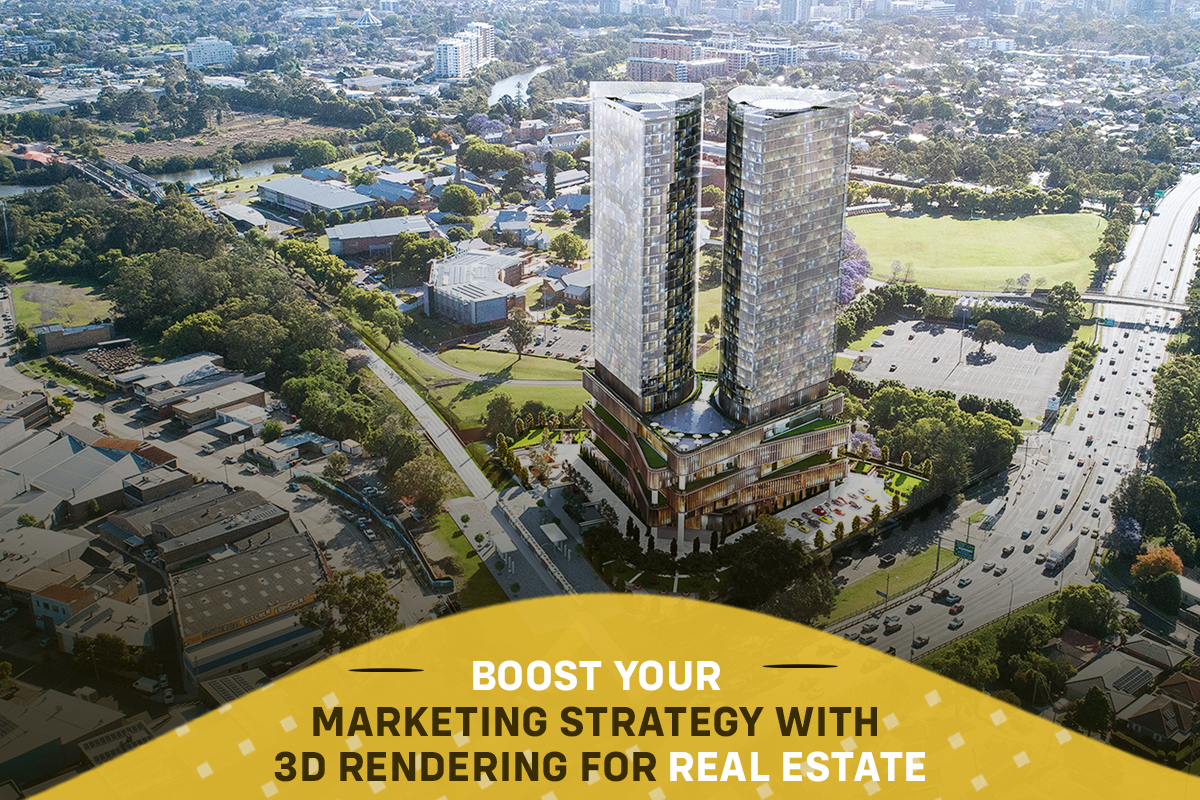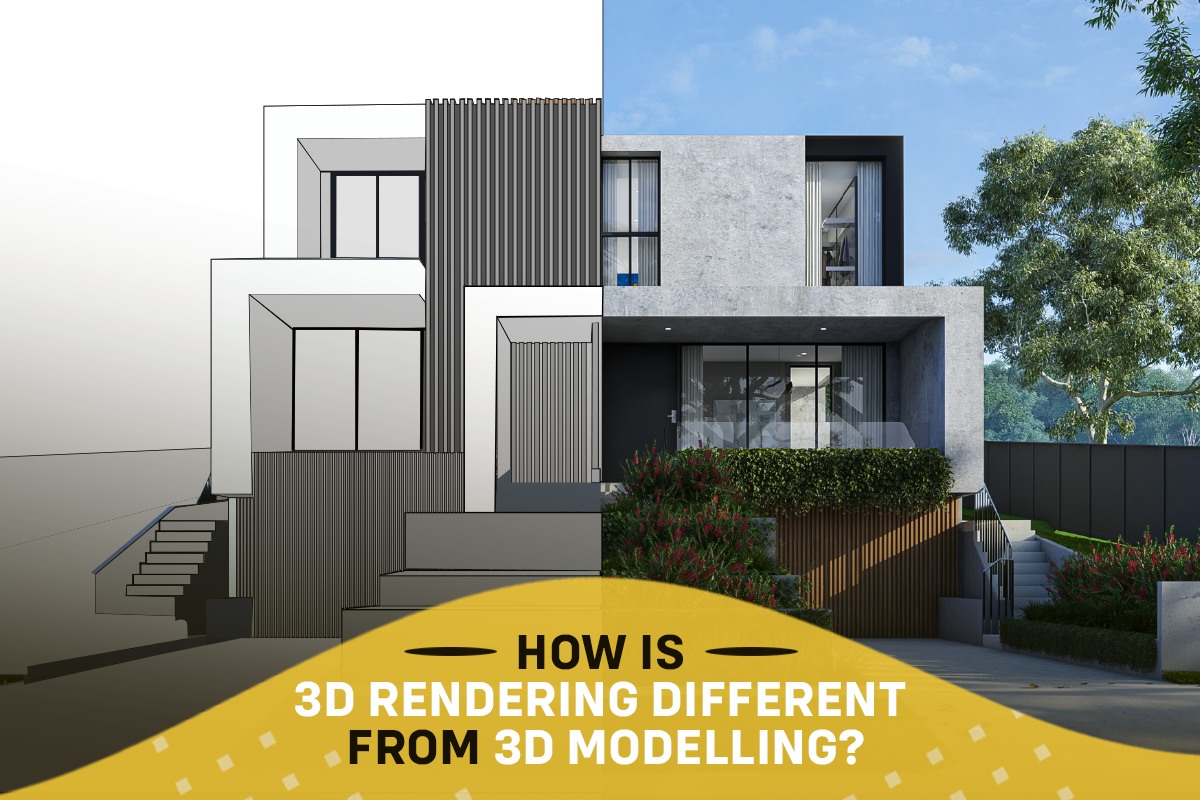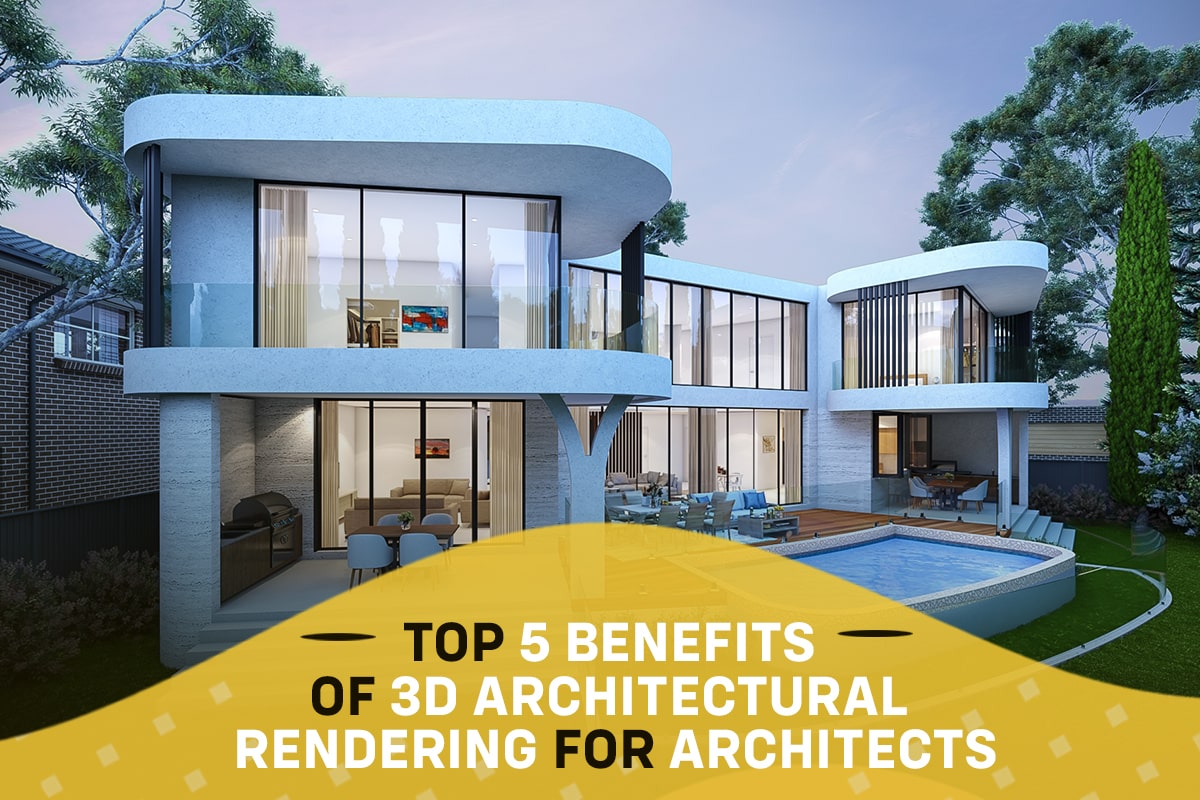3D rendering is the process of using technology to digitally create visuals and films that illustrate or market ideas and projects. Technically speaking, 3D rendering services provide a computer-generated wireframe model in three dimensions, while also giving them attributes like texture, color, and material.
Typically, a technical drawing or Autocad design is used to build a 3D model before adding properties like lighting and shadows to produce a realistic perception.
3D Rendering Services in the Property Market
Nearly every facet of life has been impacted by the COVID-19 pandemic as well as technological advancements, and the real estate market is no exception. Major changes are taking place in the real estate sector, and technology has greatly aided that. The new disruptor in the property market is the rise of 3D rendering companies.
For example, if you run a construction company, you can show prospective clients how the property will look once the construction is done, with the help of 3D rendering services. This makes it one of the most effective marketing tools out there.
3D renderings have been lurking in and around the construction industry since the late 2000s. It took off in developed countries around the 2006-07 period and has since been growing in popularity more and more ever since then. In the last couple of years, the barriers have been broken with the latest imaging techniques in the market.
Let’s take a look at some ways 3D renderings have altered the property market in the last year or so:
A Marketing Ploy
The COVID-19 pandemic has disrupted every commercial entity’s functional practices. There is less in-person interaction and more reliance on electronic communication, and business procedures in the real estate sector are not much different.
Now, thanks to the advent of a 3D rendering company providing animated walkthroughs, the majority of potential purchasers will still be able to have a look and get an idea of how the project might look, even while the construction project is still in the planning stage. As a result, 3D renderings can be utilized as a marketing technique to draw in customers and revenue for projects that are yet to be constructed.
Precision is Key
Although your clients may have an idea of how their ideal project will appear after it is complete, it is your responsibility as an architect or builder to help clients get an accurate idea of how the design will look once it’s done. A 3D rendering company can help with that.
Many of the benefits of architectural 3D renderings stem from the increased control over the resulting aesthetics. The human brain has evolved to best perceive information in a 3D approach, allowing your clients to quantify the designs, sizes, and scales before coming to a decision.
Save Time and Money
Developing sketches and models before the emergence of 3D renderings is time-consuming. Additionally, human error is an unavoidable evil that plagues handmade designs.
The use of 3D visualization allows the construction sector to save a significant amount of time and money while not having to worry about errors in design.
Value-Addition for Clients
A 3D model is more than just a pretty design in the eyes of a client. Rather, it is a scale model of what the building will actually look like when it is finished. As a client, one can learn more about your potential property’s measurements as well as the finest, most precise details. The use of 3D rendering enables your clients to make a more informed decisions. They don’t have to depend on trying to imagine complex structures in their minds.
There is little doubt that 3D rendering is going to play an important role in the present as well as the future of the property market. The value of its use cases considerably exceeds any potential expenses of implementation, from visualizing and eliminating errors to precision marketing, making it a highly profitable option for construction companies.
Read: 5 Factors to Help You Hire a 3D Rendering Company
When it comes to 3D renders, Australia takes the reliable option – Render Visuals. We deliver a wide range of 3D rendering services including architecture rendering for the property market, to help bring your clients’ dream projects to life. Connect with us on www.rendervisuals.com.au or contact us at +61 -406822061/ 488805395 to know more!




